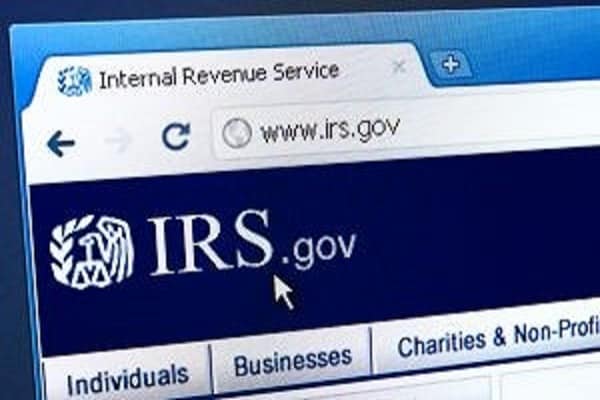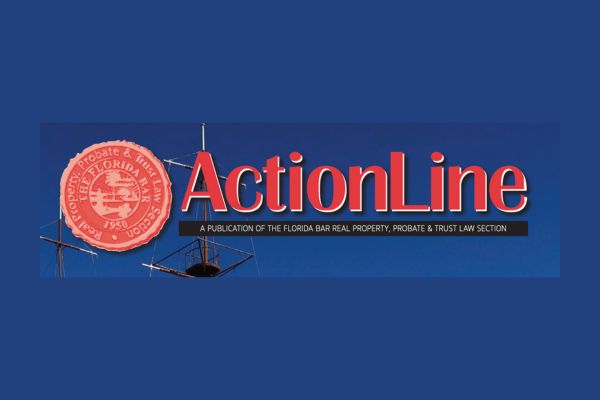The Tax Cuts and Jobs Act of 2017 introduced a deduction for owners of pass-through entities under Section 199A of the Internal Revenue Code. The Treasury has also published proposed regulations providing much needed guidance to practitioners. These proposed regulations set forth operational provisions, definitional terms and provide examples of the application of the deduction.
In general, the new deduction allows taxpayers to deduct 20% of income generated by pass-through entities participating in qualified trades or businesses. For the purposes of Section 199A, subject to certain exceptions, “trade or business” has the same definition as currently found in Section 162 of the Internal Revenue Code (providing for allowable deductions of ordinary and necessary expenses in carrying on a trade or business). For purposes of the deduction “taxpayers” include individuals, trusts and estates. Eligible pass-through entities include partnerships, S corporations and sole proprietorships.
As with many IRS rules, the devil is in the details (and the details are often the regulations). The Section 199A deduction analysis is very fact specific, and practitioners and planners would be well-advised to read through the statute and proposed regulations to begin to understand its complexity. For example, the 2023 tax year 20% Section 199A deduction is subject to a reduction if a taxpayer’s taxable income exceeds $182,100 (or $364,200 for married couples filing jointly) and, if the trade or business is a “specified service trade or business,” the deduction can be completely phased out if the taxpayer’s taxable income exceeds $232,100. The regulations define “specified service trade or business” as any business in the fields of health, law, accounting, actuarial science, performing arts, consulting, athletics, financial services, brokerage services, investing and investment management, trading, dealing in securities, or any trade or business where the principal asset of the business is the reputation or skill of one of its employees or owners. For non-specified trade or business income, once a taxpayer’s pass-through income exceeds the $182,100 (or $364,200 for married couples filing jointly) threshold, a “phase in” of the limitations on the deduction begins and the deduction is determined with reference to the taxpayer’s proportionate share of W-2 wages for the pass-through entity and, if applicable, the W-2 wages and unadjusted basis of depreciable property used by the pass-through entity in its trade or business. If the taxpayer’s taxable income is more than $182,100 ($364,200) but less than $232,100, and includes specified service trade or business income, then the deduction is calculated with reference to the proportionate share of specified service trade or business income and taxpayer’s total taxable income. The Section 199A deduction is also limited if the pass-through entity is a specified agriculture or horticulture cooperative.
There is little doubt that Section 199A factors into certain otherwise well-established business planning and structuring concepts. In addition to wage and compensation considerations (such as year-end bonuses to increase W-2 wages), taxpayers may need to evaluate the value of stripping depreciable property from a trade or business amidst asset protection or estate planning considerations and determine whether the removal of qualified depreciable property will impact or otherwise limit the deduction available under Section 199A. Section 199A will also likely play a role in evaluating the proper entity structure for a new trade or business and whether a pass-through entity is the best (and most flexible) option for the taxpayer. Further, as Section 199A allows a deduction for each taxpayer who is an owner (or potential owner) of a pass-through interest, and because each owner’s tax attributes are likely to differ, there may be disagreement among stakeholders as to the most appropriate and most tax efficient structure when evaluating choice of entity decisions.
Although it appears Section 199A was initially enacted to put pass-through entities on somewhat equal footing with the reduced corporate tax rate of 21% provided in the Tax Cuts and Jobs Act of 2017, unlike those corporate tax rate, the provisions of Section 199A are currently scheduled to sunset at the end of 2025. To appropriately take advantage of the deduction currently available under Section 199A, taxpayers will need to work closely with their CPAs and income tax advisors, keeping a sharp eye on the various income tests and limitations throughout the year, all while watching the clock, knowing that this deduction is scheduled to sunset.








